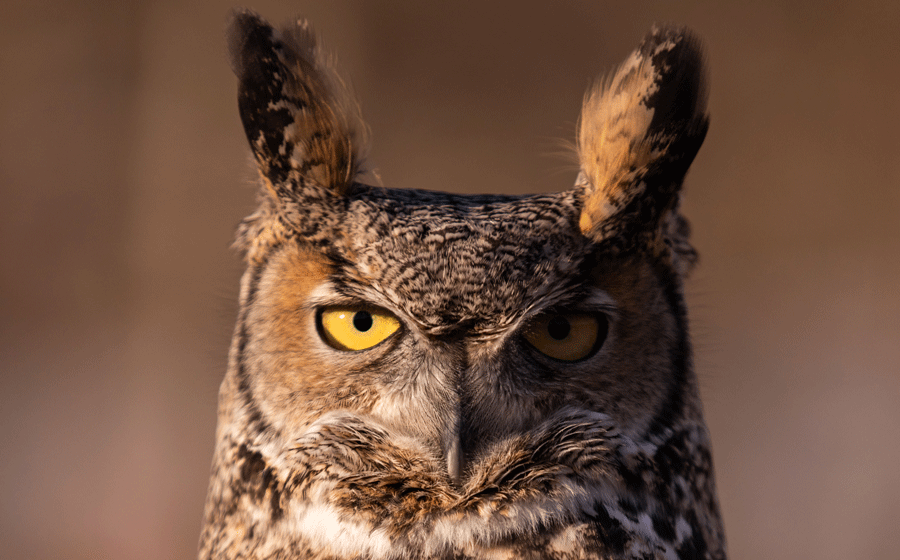The MT WILD Ambassador Bird Program teaches participants about raptors, a group of birds that are specialized predators with unique adaptations and are an important part of every ecosystem in Montana. The program capitalizes on trained live raptors that are housed and cared for by the MT WILD Wildlife Center adjacent to the education center. Currently, MT WILD has 15 raptors that provide this service. These birds came into the Wildlife Center for rehabilitation but were unable to be released back to the wild, often because their injuries were too great to survive on their own. The ambassadors represent 4 different categories of raptors: eagles, hawks, falcons, and owls. Ambassadors are an integral part of the program, because they give participants an opportunity to experience and engage with a live raptor, which for many is the closest they will ever get to these majestic birds.
The Ambassadors, on average, have over 25,000 contacts with the public annually. Often, there are up to 100+ participants attending Raptor programs.
Come see the birds!
The public can also view the ambassador birds Monday-Friday from 9 a.m.–10:30 a.m. at the MT WILD Education Center located at 2668 Broadwater Avenue in Helena. Starting on September 22, 2025, our walks will go from 12 - 1 p.m.
Photos taken by Brian Powers












